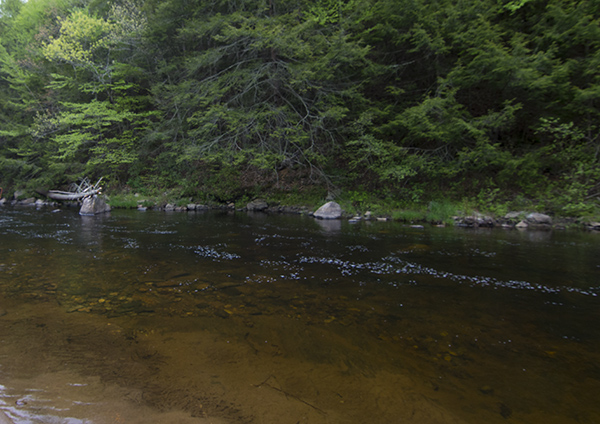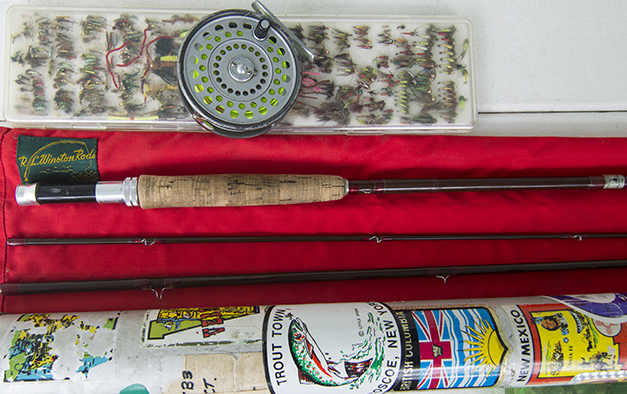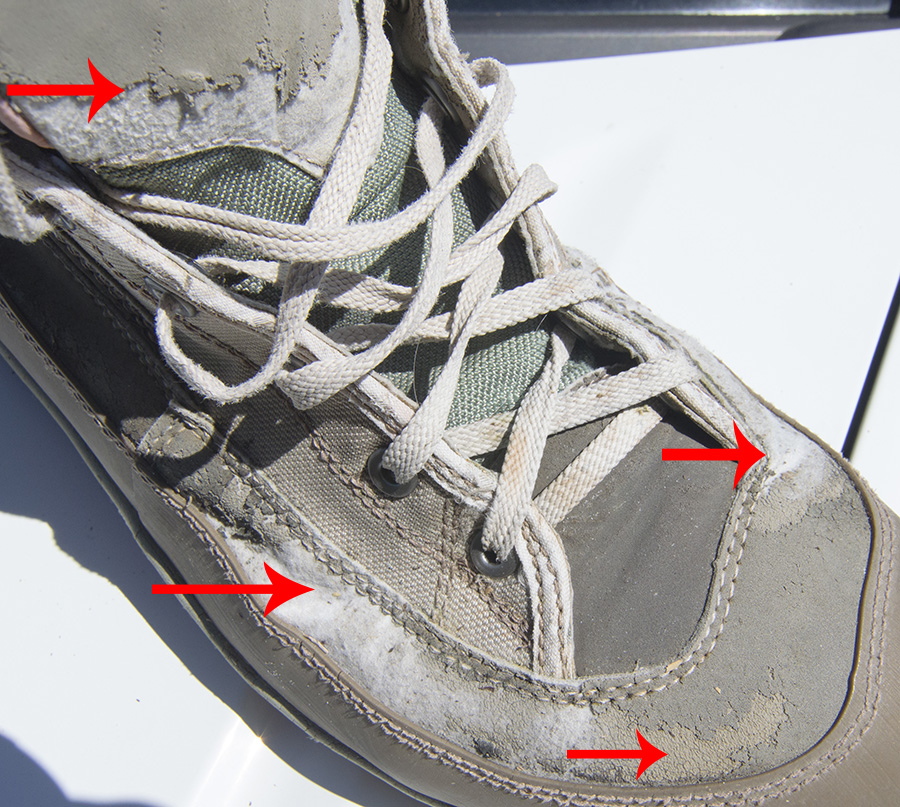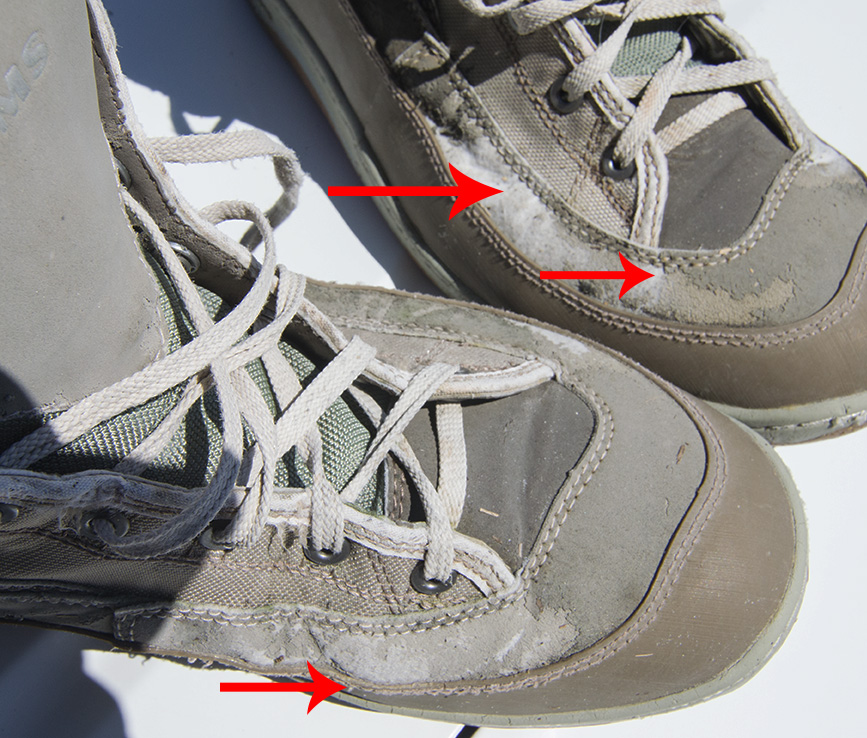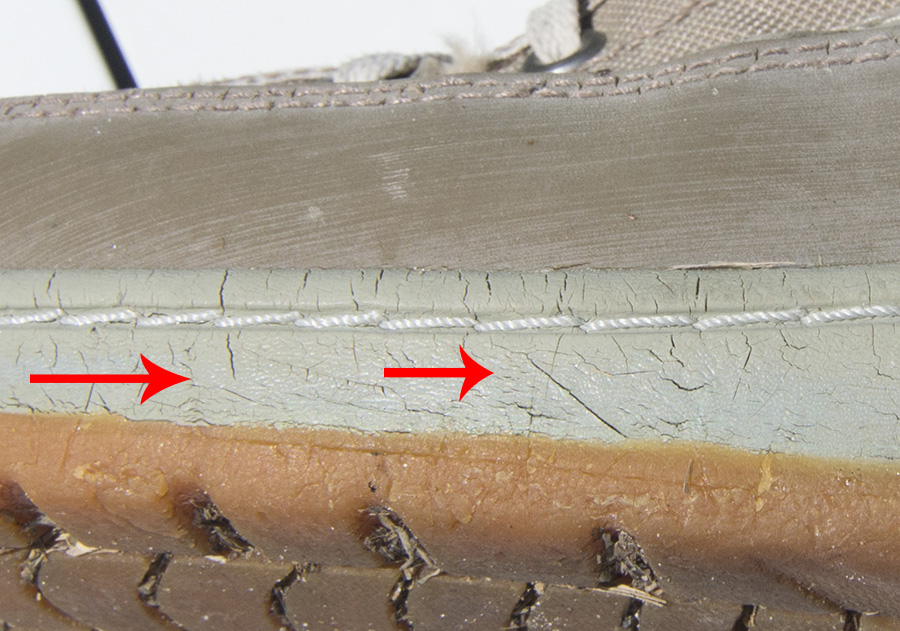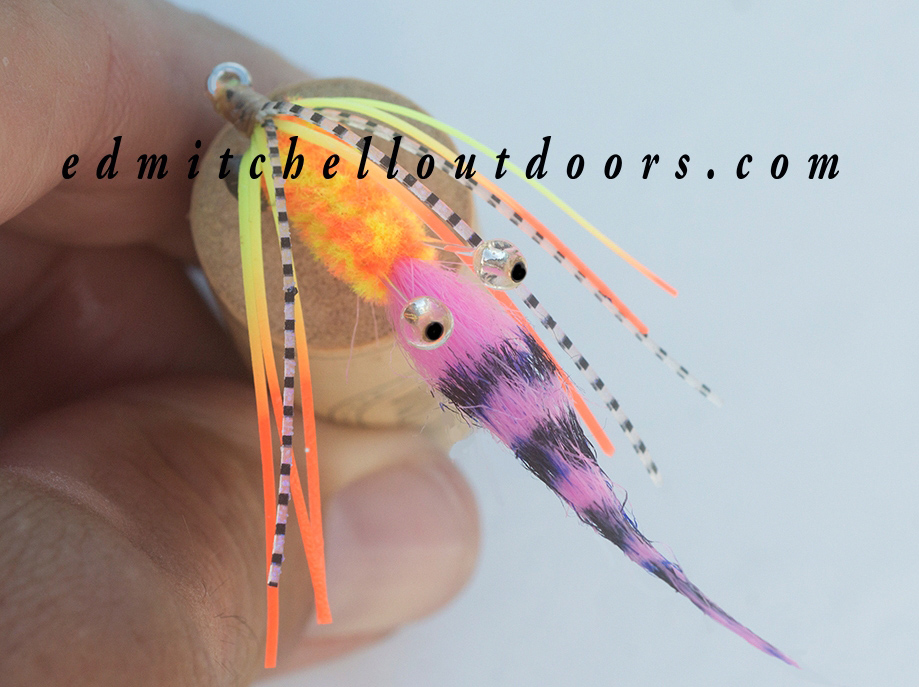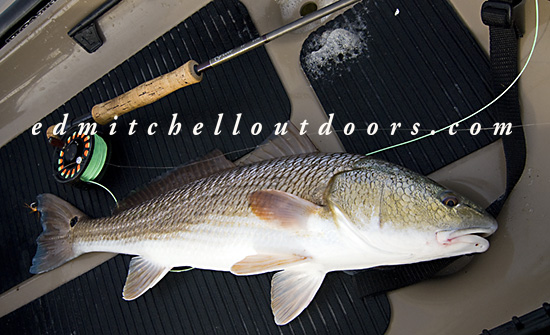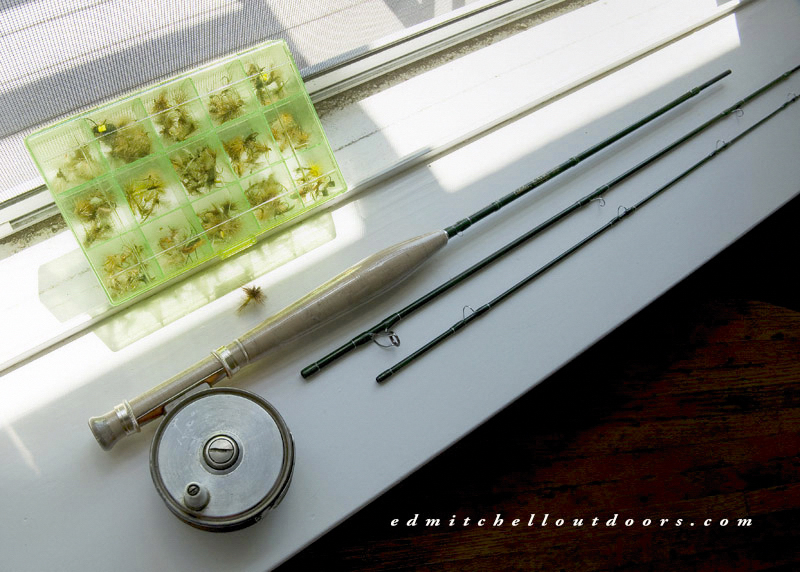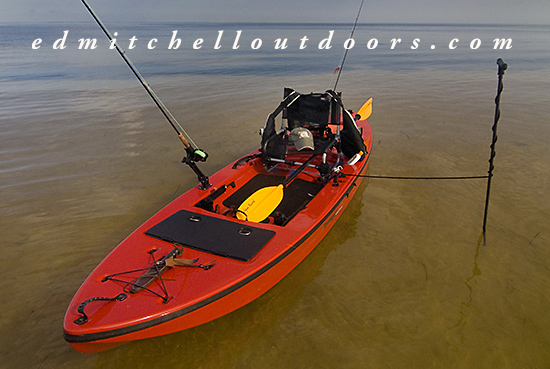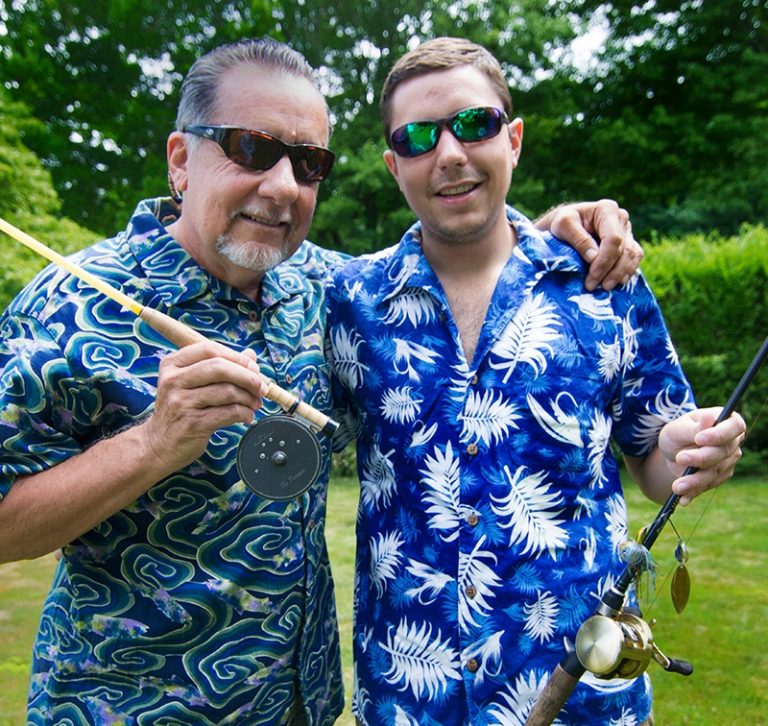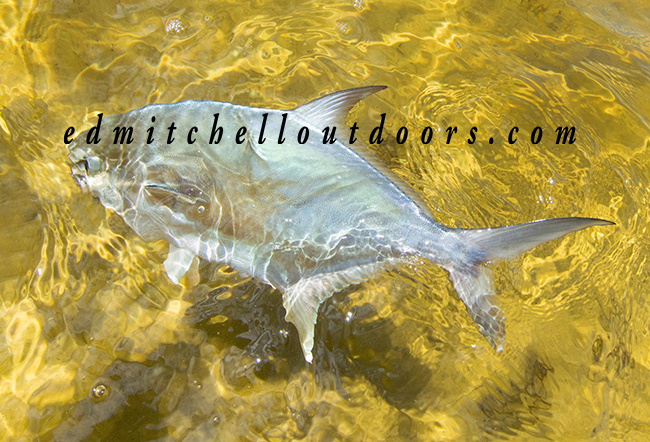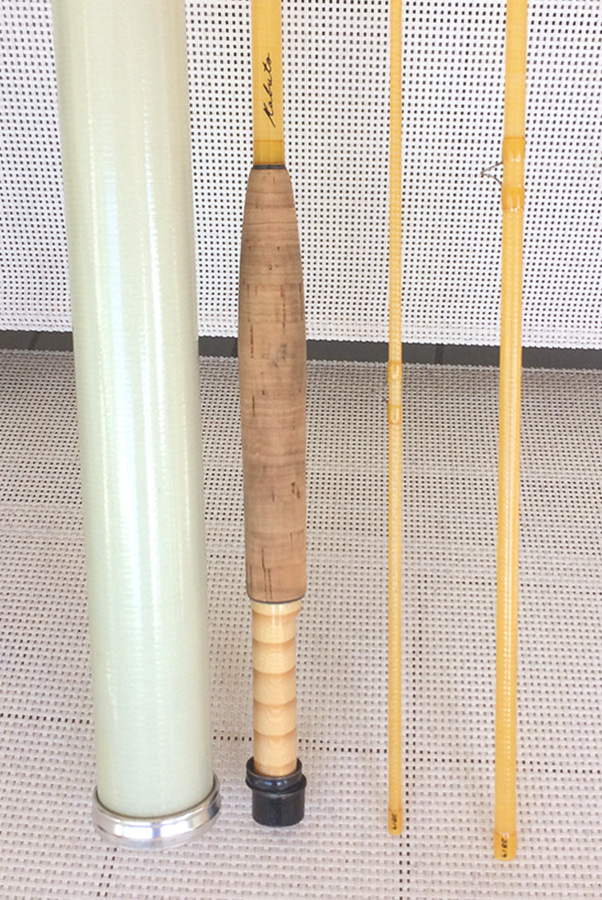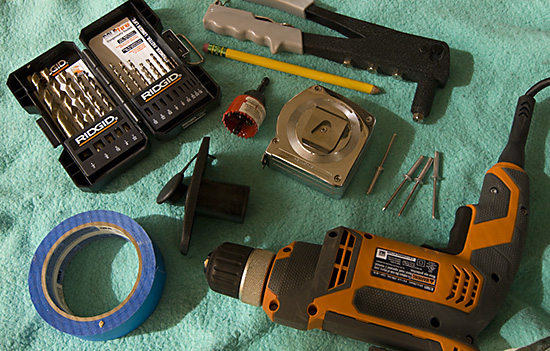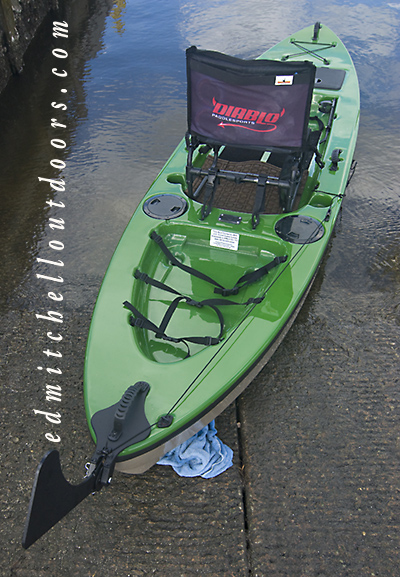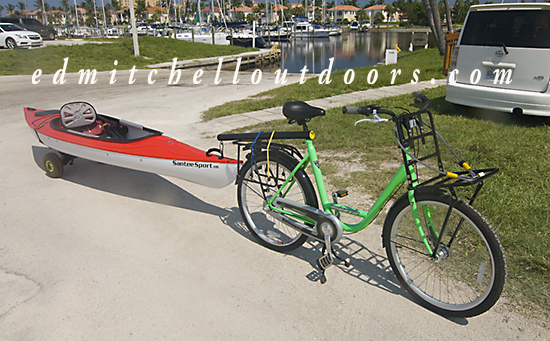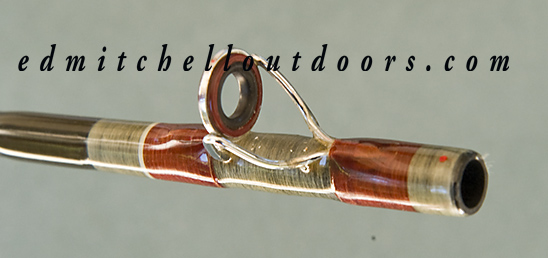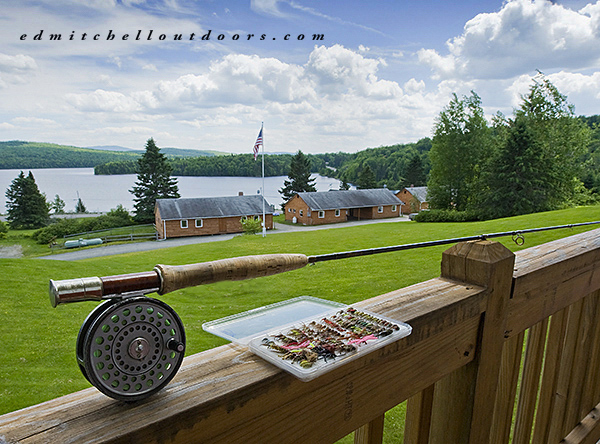Part Two: At the end of the last post, I showed you page 13 from a Winston Catalog printed during Doug Merrick’s era in San Francisco. On that page, there is mention of a series of rods under the heading of R.L. Winston Ultra-light Fiber Glass Trout Rods. There are five rods in this series ranging from 5 1/2 foot to 7 1/2. All are rated for 5DT fly lines! My rod must be part of that series. It has a down-locking reel seat. Interestly enough this rod was also available with a cork reel seat. With cork the rod was said to tip in at 2 1/8 ounces!!! Astounding.
Ok lets test it. A 2-weight was the first line I tried. The rod was able to cast it, but the rod definitely felt underlined. Next aboard was a 3-weight. Pretty much the same deal. I could cast it, yet the rod wasn’t working down into the blank. But the news here is this: if you were in a tough situation that demanded extreme stealth, these lines could be used.
OK…on to a 4-weight line. Nicer,…. much nicer. It loaded the rod well, and cast well. I liked it. A 4-weight line is a useful companion for this rod.
A 5-weight line, slowed the rod farther, tapping more into the power of the butt section. Now you had that sought after “glass ” feel. ( I’ve been known to refer to “glass” as “blue-collar bamboo”.) Yes, the jury is in. This is a classic 5-weight. The 5-weight line’s greater weight also allowed me to deliver a fly with a minimum of fly line out the tiptop. Did I try for maximum distance? Frankly I didn’t. This old rod is in fabulous shape and didn’t need me pushing it. Still I’m comfortable in saying it will fish out to 35 feet and beyond, covering the vast majority of trout situations.
A few final thoughts. A 2.6 ounces, this rod is wonderful in the hand, light, responsive and accurate. You can’t ask for anything more. When I stack the rod up against my Montana “glass” rods it is easy to see the improvements Tom Morgan made. The later rods have better components, and better finish. Along the way, I noticed that this reel seat has some limitations. It accepts the Hardy Lightweight series, but reels with fatter reel feet are a no-go. Unfortunately this is true on many rods, even today. Reel seats are simply not universal.

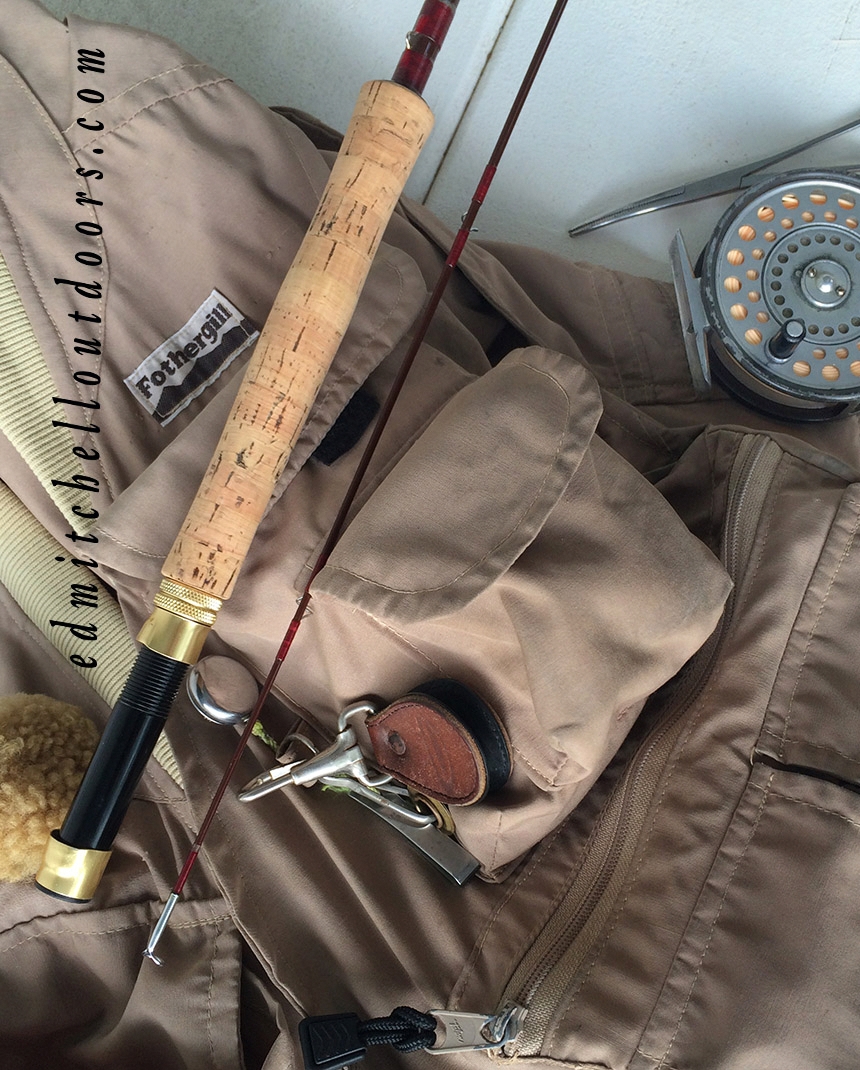



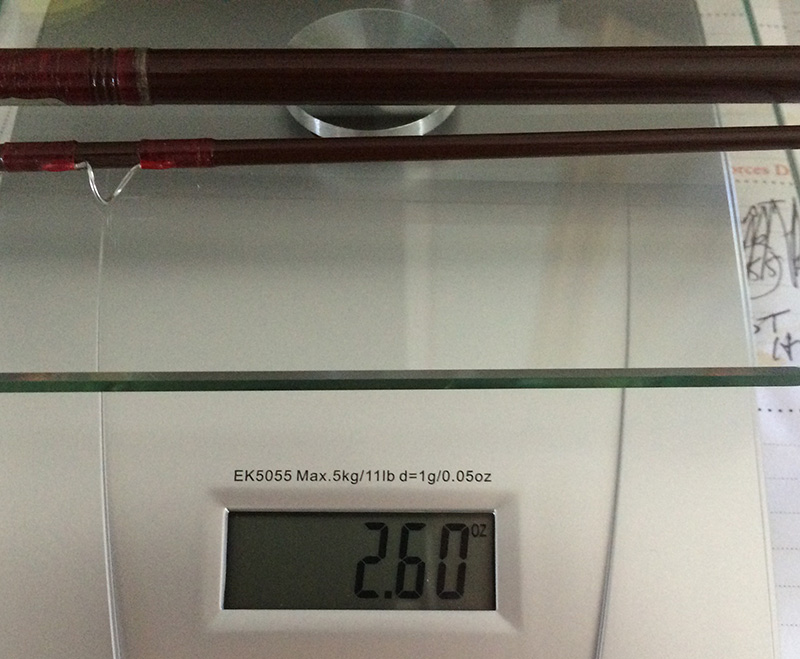
 UpDate 3/2020: Recently I had a chance to see the inside of a Winston Catalog printed during Doug Merrick’s era in San Francisco. On page 13 there is mention of a series of rods under the heading of R.L. Winston Ultra-light Fiber Glass Trout Rods. There are five rods in this series ranging from 5 1/2 foot to 7 1/2. All are rated for 5DT fly lines! I believe this rod is part of that series. Mine has a down-locking reel seat. Interestly enough this rod was also available with a cork reel seat. With cork the rod was said to tip in at 2 1/8 ounces!!! Astounding.
UpDate 3/2020: Recently I had a chance to see the inside of a Winston Catalog printed during Doug Merrick’s era in San Francisco. On page 13 there is mention of a series of rods under the heading of R.L. Winston Ultra-light Fiber Glass Trout Rods. There are five rods in this series ranging from 5 1/2 foot to 7 1/2. All are rated for 5DT fly lines! I believe this rod is part of that series. Mine has a down-locking reel seat. Interestly enough this rod was also available with a cork reel seat. With cork the rod was said to tip in at 2 1/8 ounces!!! Astounding.